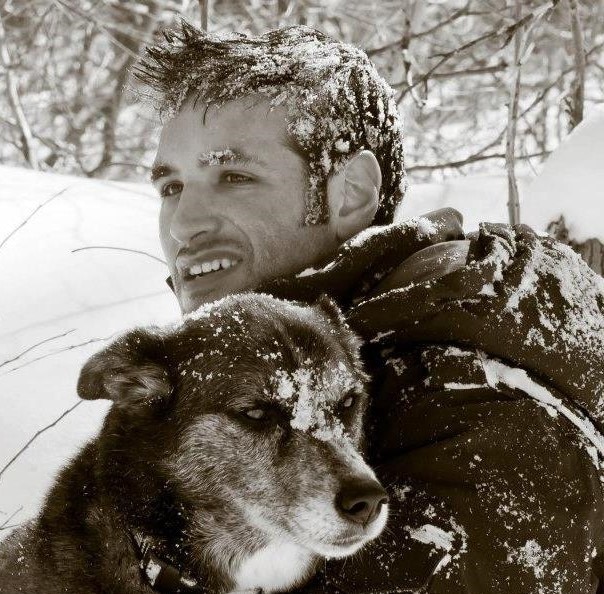Why is a marathon 42 kilometres?

In the world of endurance running, the marathon is sort of the gold standard. Many other races are titled based on their length relative to this classic event. We have short, half, and ultra varieties in addition to the standard 42-kilometre race we've all come to know and love. But, if you stop and think about it, that's a pretty strange number. Why is a marathon 42 kilometres long?
Thank Pheidippides
Wait, who?
Although the exact details of the story — and precisely who first recorded it — is a matter of debate among historians, the length of the modern marathon can be traced back to an Athenian runner named Pheidippides. Said to have lived between 530 and 490 B.C., Pheidippides had the very impressive job of being a hemerodrome, or "day-long runner," for the Athenian army during the Persian Wars.
According to the original stories, Pheidippides was really, really good at what he did. One account has him covering some 250 kilometres through the Greek countryside in just 36 hours. Which is amazing. The portion of his story that has a direct bearing on our modern marathon, however, is the last leg of his exploits: the trip he made from a small town named ... wait for it ... Marathon – from Marathon to Athens in order to announce the Greek victory over the invading Persian army.
But, that's only 40 kilometres. How'd we get the additional 2 tacked on to the already challenging race? Bear with me, we'll get there — marathons are all about pacing, after all.
The first Olympic marathon
While the story of Pheidippides had its place in Greek history and myth, the ancient Greeks didn't have an official marathon the way we know it now. That started at the 1896 Olympic games, hosted in Athens. At that original event, a French linguist named Michel Breal suggested an endurance event to commemorate the story of Pheidippides by literally running from Marathon to Athens, old-school style. This course was 39.9 kilometres long, though.

Still, it kicked off the modern tradition of marathons in amazing style. The first to finish, a 23-year-old Greek shepherd named Spyridon Louis, actually took a break halfway through the race to eat an egg and enjoy a glass of wine. Afterward, Louis returned to the farm and never ran another race again. What a legend.
Skipping ahead
For the next few Olympic games, the race stayed around 40 kilometres, depending on the local landscape. And there was a lot of drama. Runners cheated by sneaking off into cars, were chased off course by wild dogs, and drank a surprising amount of alcohol. But none of that really relates to the whole discussion of the 42-kilometre length. It's just fun.
The length comes into play again when the games came to London in 1908. For these races, Queen Alexandra reportedly requested the race start on the lawn of Windsor Castle and finish at the royal box of the Olympic stadium. And guess how far it is between those two points? You got it: 42 kilometres.
From there, that exact and somewhat arbitrary measurement became the norm, eventually becoming standardized by the Olympic committee in 1924. The rest is history.
Our writer's advice is intended for informational or general educational purposes only. We always encourage you to speak with your physician or healthcare provider before making any adjustments to your running, nutrition, or fitness routines.
